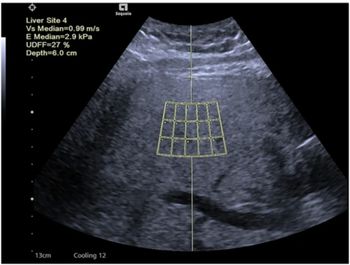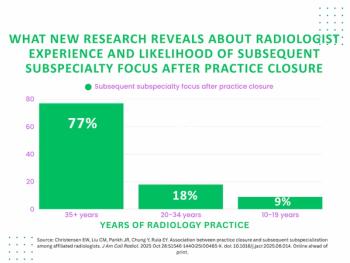
Enhanced MRI for Disappearing Colorectal Metastases Post Chemotherapy
Enhanced MR imaging versus CT in assessment of disappearing colorectal metastases.
Enhanced MR imaging is superior to contrast-enhanced CT imaging for assessment of disappearing colorectal liver metastases (CRLMs) after chemotherapy, according to a study published in
Researchers from Korea performed a retrospective study to compare the diagnostic performances of contrast–enhanced CT and gadolinium ethoxybenzyl diethylenetriamine pentaacetic acid–enhanced liver MR imaging (EOB MR imaging) in the evaluation of disappearing colorectal liver metastases CRLMs.
The researchers used data from eight hospitals. Eighty-seven patients with 393 CRLMs, each patient with one or more CRLMs that later disappeared on contrast-enhanced CT scans after chemotherapy, and subsequently underwent surgery for the CRLMs, were enrolled. Four radiologists reviewed the anonymized data, which were then randomly allocated into two groups (groups A and B), to be read by two independent readers.
The readers would define true absence of tumor as pathologic absence of tumor for resected lesions and no in situ recurrence within one year after surgery for lesions left unresected at each three-month follow-up contrast-enhanced CT. Positive predictive values (PPV) for absence of tumor and for residual tumor on contrast-enhanced CT and EOB MR images were compared by using a generalized estimating equation.
The results showed that among the 393 CRLMs, the PPV for absence of tumor on EOB MR images was significantly higher than that on contrast-enhanced CT scans, and the PPV for residual tumor on CT scans was higher than that on EOB MR images, but this was not statistically significant.
The researchers concluded that EOB MR imaging was superior to contrast-enhanced CT imaging for assessment of disappearing CRLMs after chemotherapy.
Newsletter
Stay at the forefront of radiology with the Diagnostic Imaging newsletter, delivering the latest news, clinical insights, and imaging advancements for today’s radiologists.






























